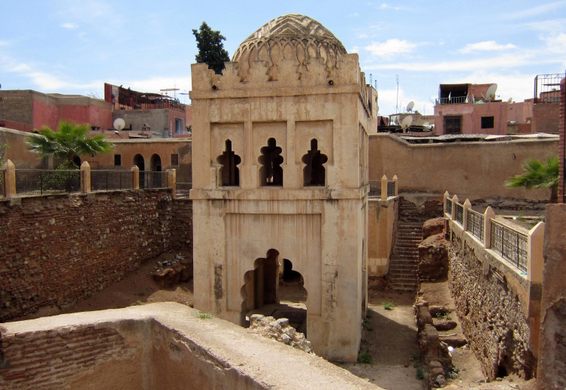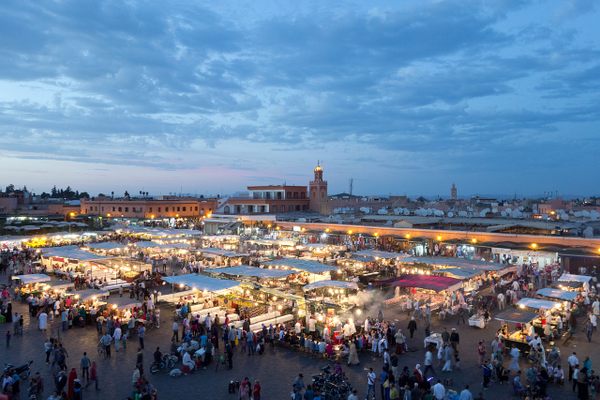Almoravid Koubba
The oldest monument in Marrakesh and the city's only surviving example of Almoravid architecture.
The Almoravids were a Berber dynasty that could be described as a cross between Islamic monks and soldiers, who founded the city of Marrakesh in the 11th century. From their capital in the city, the empire managed to extend its dominion over all of Morocco, and conquered a large part of the Iberian Peninsula. Marrakech became a great walled capital with lush gardens and magnificent palaces and mosques—of which today, unfortunately, nothing remains. Nothing, except the Koubba.
The Almoravid Koubba (or Koubba Ba’adiyin) was built in 1117. This small building was once part of a lost Almoravid mosque, where it was used for ablutions before prayer. The koubba had a system of toilets, showers, and taps. Its water was extracted from underground aquifers and transported by bronze pipes.
Today the importance of this building is not only historical; its style also had a huge influence on Moroccan architecture. Of particular importance is the abundance of decorative elements of the dome, such as palms, pine cones, and tree leaves. In the years to come, these would be used in mosques and buildings throughout the city. Pay close attention to the shapes of the windows; they would later become almost a symbol of the Almohades and the Benimerin dynasty.
Also of note is the curious calligraphy covering the koubba foundation, which includes the oldest cursive inscription in Maghrebi script found in North Africa.
Know Before You Go
The koubba is located in Medina near several museums and the Ben Youssef Madrasa.


















Follow us on Twitter to get the latest on the world's hidden wonders.
Like us on Facebook to get the latest on the world's hidden wonders.
Follow us on Twitter Like us on Facebook